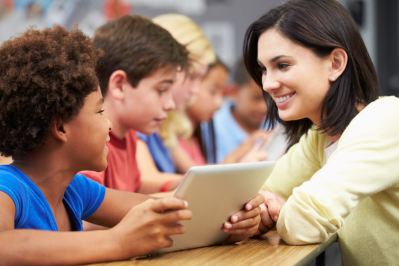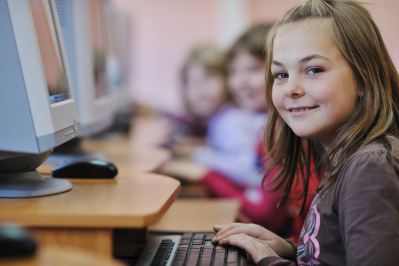NYS Ed Tech Innovators - June 2019
Welcome to the latest edition of The Office of Educational Design and Technology's NYS Ed Tech Innovators. We continue to receive positive feedback on this newsletter, and want to be sure to spread the word that other NYSED Offices send out their own newsletters highlighting their work. You can find a listing of office newsletters with links to subscribe here. If you have a school-age child, you may be interested in receiving Commissioner MaryEllen Elia's bi-weekly letter to parents, which breaks down the most recent news and initiatives from NYSED to help make the information accessible to parents. NYSED is continuously posting up-to-date information on various social media channels. If you are on LinkedIn, connect with the New York State Education Department to see multiple updates every day. In addition, you can connect with NYSED on Twitter (@NYSEDNews) and Facebook (@NYStateEd).
The Every Student Succeeds Act (ESSA) requires that all state and local agencies receiving Title I funding provide the public with an annual report card evaluating school performance and progress. To that end, NYSED is designing a Parent Dashboard to meet these requirements in a way that is informative and user-friendly for parents and the public. To raise awareness of the Parent Dashboard and to gather feedback, NYSED has compiled a Meeting in a Box that provides resources for school leaders to share with parents in an in-person meeting.
This edition of NYS Ed Tech Innovators contains the following articles:
- Creators’ Cove, Sloatsburg Elementary School's version of a makerspace, allows teachers to enhance unit lessons, like engineering, robotics, and electricity, by implementing a creative component where students can expand on concepts they learn in class through imagination and innovation.
- The robotics class at Cattaraugus-Little Valley Central School District competed in a regional, qualifying tournament for “Turning Point,” the VEX Robotics game where several teams attempted to score as many points with their robots as possible. Students collaborated with each other and took on different roles. During this challenge, participating students had the chance to develop new STEM skills and became comfortable working with a team.
- Amherst Middle School in Buffalo, NY expands its physics classroom experience by incorporating hands-on robotics into their classroom learning. The lesson incorporates individual work, practice, revision, problem solving, discussion, and group work, allowing for accommodation of various learning styles and opportunities for audio, visual, and tactile learning opportunities.








